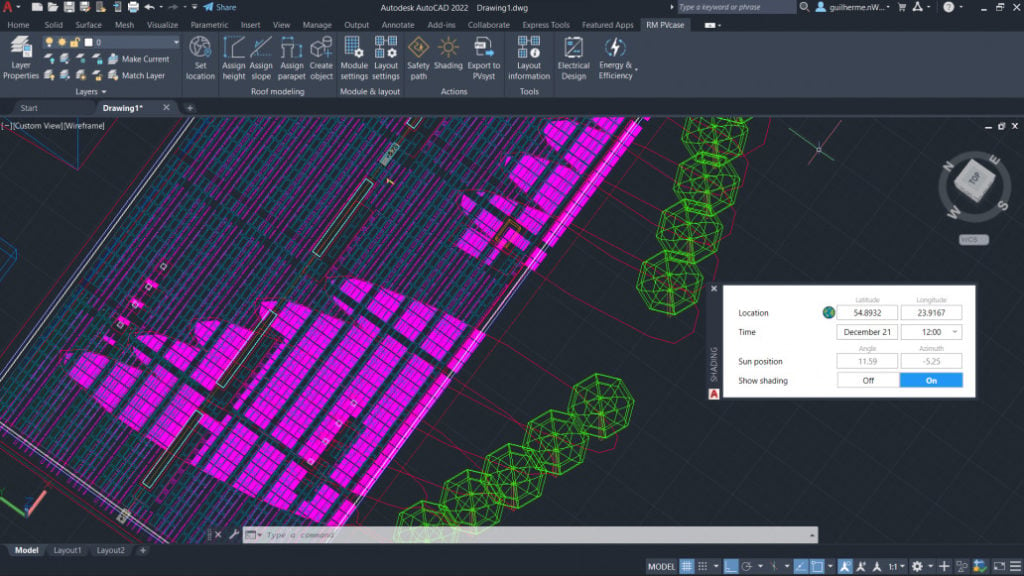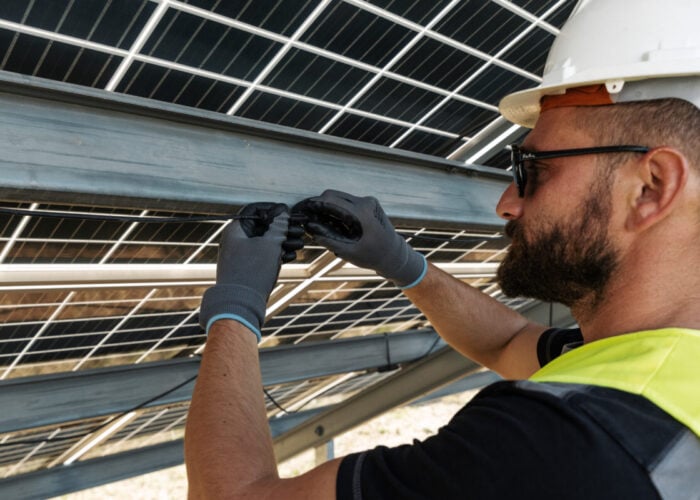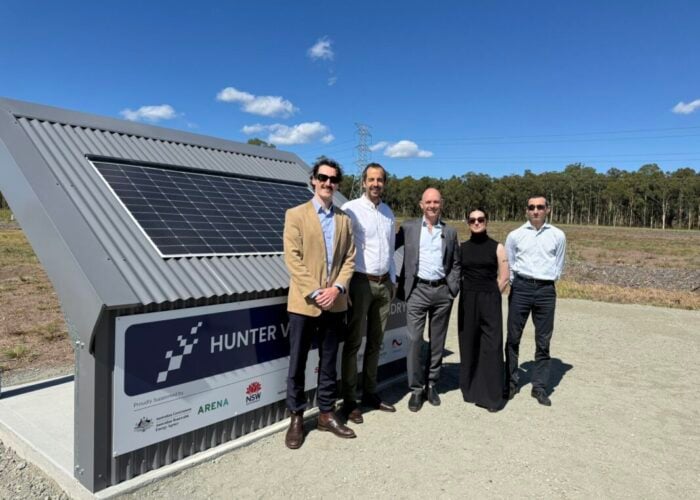
In October this year, PVcase released its rooftop solar design modelling software, which reduces lead time in the design process and encompasses the elements that need to be considered whilst planning a commercial & industrial (C&I) PV installation.
In support of its Roof Mount tool, PVcase has developed an ebook intended to allow those involved in PV roof mount in the C&I space to better understand how they can streamline the design process, containing insider tips and best practices. For those who were unable to attend the recent PVCase/PV-TechTalk webinar, this may represent an opportunity to advance outcomes for your clients business and your own.
Try Premium for just $1
- Full premium access for the first month at only $1
- Converts to an annual rate after 30 days unless cancelled
- Cancel anytime during the trial period
Premium Benefits
- Expert industry analysis and interviews
- Digital access to PV Tech Power journal
- Exclusive event discounts
Or get the full Premium subscription right away
Or continue reading this article for free
Download your free ebook here.
PVcase Roof Mount ebook: The Guide to C&I Rooftop Solar Efficiency
Get to know the secrets of successful rooftop solar projects with the PVcase Roof Mount ebook, covering the following crucial topics:
- Building a roof
- Shading impact on your project
- Layout generation
- Electrical design
- Export your layout
This ebook teaches you about key aspects like building a roof, dealing with shading issues, generating layouts, nailing electrical designs, and effortlessly exporting your layout.
Why is this important? Mastering the tool from the get-go means smart decisions, fewer risks, and savings in both time and money. Download your free ebook here and become an expert on solar efficiency.
Also, don’t miss out on Roof Mount webinars hosted by experts at PVcase in conjunction with global energy company Engie who – in PV – specialise in C&I installations . Check here for more information.
Introducing PVcase Roof Mount
PVcase Roof Mount is not just any design tool; it’s AutoCAD-based and tailor-made for commercial and industrial rooftop solar projects. Building on the success of PVcase Ground Mount, this new product is ready to take the rooftop solar game to a new level.
“We’ve taken the learnings we gathered from the PVcase Ground Mount tool and adapted them to the rooftop’s unique challenges,” said David Trainavicius, CEO at PVcase. “Rooftop solar is seeing massive growth through support from global legislative changes. We look forward to offering solutions for an even faster and more efficient rooftop solar scale-up.”
The tool allows you to engage in thorough initial design guarantees accuracy from the start, simplifying your work process and allowing well-informed choices regarding shading analysis, layout optimisation, and electrical design. This approach unlocks the potential for cost savings, prevents costly alterations down the road, aids in creating realistic visualisations, simplifies cabling and inverter integration, and ensures the creation of meticulous documentation. Embracing early, comprehensive design provides flexibility and time efficiency and ultimately results in an effective photovoltaic project development process. PVcase Roof Mount will help you achieve solar excellence through the guidance of detailed design.
PVcase Roof Mount and its capabilities
PVcase Roof Mount is packed with features to make your life easier:
- Quickly analyse obstacles with 3D building preparations
- Effortlessly generate layouts for flat or sloped roofs
- Nail shading calculations to avoid module overshading
- Enjoy efficient electrical design with both automation and manual guidance
- Easily export your designs to PVsyst for yield analysis
You can precisely define various parameters of your roof, such as height, width, slope, ridge, parapet, or safety path. On the roof, you can add objects such as chimneys, AC blocks, smoke ventilators, restriction zones, etc. Moreover, you can also add nearby objects that can impact your solar installations, such as trees or buildings.
To generate the layout, you should establish module and layout configurations. This process has two distinct features: module settings and layout settings. PVcase does not come equipped with a predefined library of modules based on manufacturer specifications. Therefore, users must define module characteristics, such as length, width, thickness, and power output.
To position modules on the roof using PVcase, a user should define the layout settings and divide the roof into distinct PV areas, each corresponding to different orientations and module arrangements. A PV area is represented by a closed polyline encompassing a specific roof section. It is advisable to create PV areas considering offset distances from the roof’s edges.
The tool also includes a user-friendly electrical design feature which allows you placement of inverters, string creation, and handle cabling in much shorter time frames.
You can schedule a PVcase demo here.






